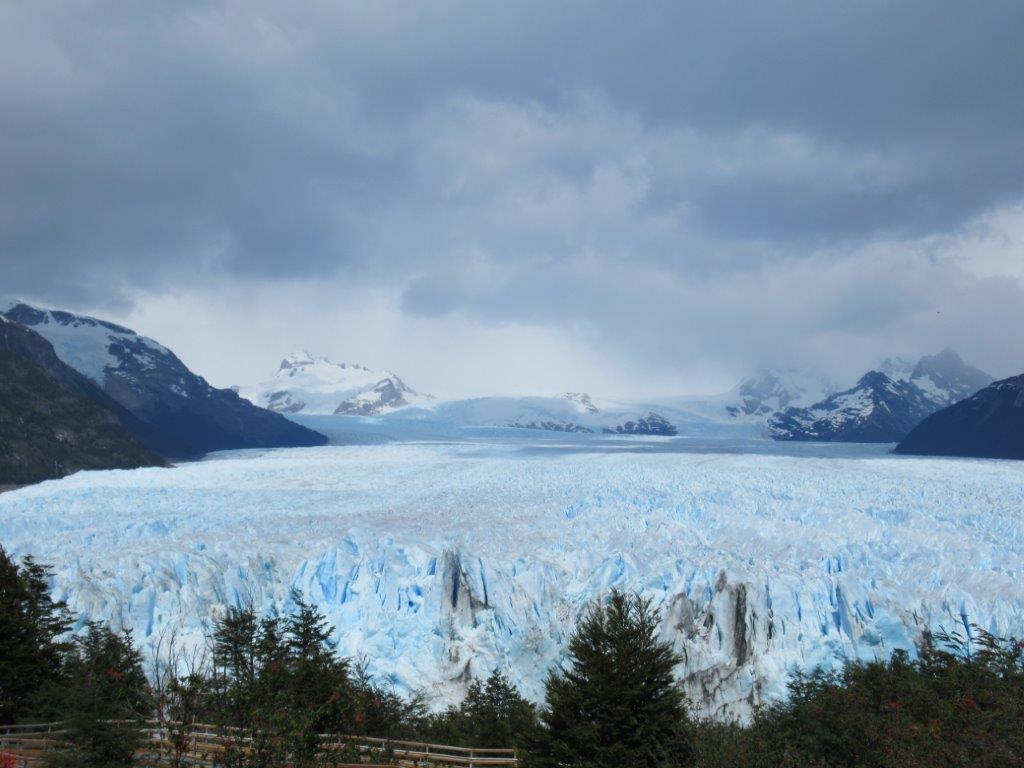Reflections part 3 Argentinia, Chile en Patagonia
12 december 2019
Punta Arenas
We are now in Patagonia and tomorrow we will cross over to Tierra del Fuego.
What struck me most, is that the indigenous population in both Chile and Argentina is completely lacking. There is some information about it, but the tribes were small in size and had a limited habitat and the land distribution of the immigrants just ignored them. As a result, there is a very strong German influence in the part of Chile around Osorno, for example.
Further south, Patagonia is characterized by large eroded valleys with many pebbles as a result of the last ice age. A nice impression of this is the National Parque des Galciers, an enormous ice plain, with up to 300 larger and smaller glaciers. These too are melting and retreating, but what the impact of this is on the climate models, no one here can tell us. While it is the third ice field in size in the world, it is characterized by large eroded valleys with lots of pebbles as a result of the last ice age.

Further noticeable is the land use. Although in Chile to a lesser extent, Argentina has felled all the trees on the pampa and the grazing pressure is so high that new growth is eaten immediately. The effect, empty plains (as far as the eye can see), with only fences. This is striking because trees do grow in the nature parks. But in the national parque des Galciers (El Calafate / El Chaltén), for example, more than 5000 cattle roam wild and the same thing happens there, young plantings are eaten immediately.
We are now worried about losing the tropical rainforest, but what has happened here since about 1850, really surpasses everything. It would show for tThe Argentineans and Chileans if they set up large-scale reforestation projects here. This is desirable both from an ecological as well as from a CO2 compensation point of view. And it amazes me why this is absolutely not (yet) a discussion.


There are no windbreakers or shady spots and so on. I will try to take a picture of the same landscape but with some (old) trees (we’ll see that in Chile), but also there the young trees can’t get through anymore.
It should also be noted that in addition to local economic activity (agriculture), investments are also made in (processing) industry (fish/milk). I assume that this is a deliberate incentive policy on the part of the governments to keep the region viable. In addition, you can see that tourism has been given a very important place. Well organised, good accommodation. Tourists take a (fixed) tour and can add the Patagonia Experience to their list. While the trip itself is not very sustainable. In El Chaltén, for example, the power is generated by diesel generators, while there is enough sun, wind and water to generate sustainable energy